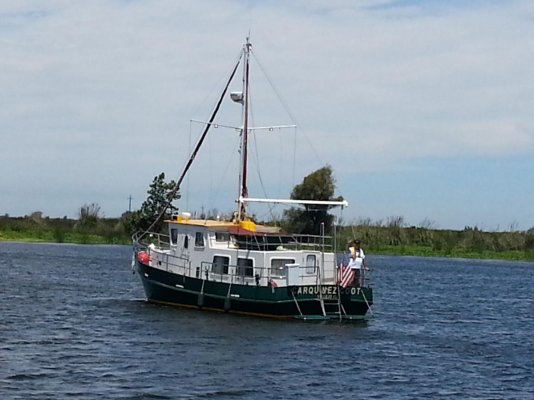Scratchnsaw
Senior Member
Yep, but they put out a ton of smoke, unreliable, and the weight was excessive. But the outboard builders have more than doubled their hp limits from what use to be capped at 200 hp even when the four strokes came about.Outboard Potential - from "only a few years ago"
Seeing as powerful outboards have been around for decades... I believe it's primarily due to marine architects' expanded window of thinking out o' da box! I applaud that!!
But also the new set up with the wireless control features adds a new avenue for builders. But along those lines, the designs have changed in the larger hulls. When was the last time you saw a 50 foot semi open hull for playing on the water? It was all about big condos or overnight cruisers as you left the mid 20 foot.




